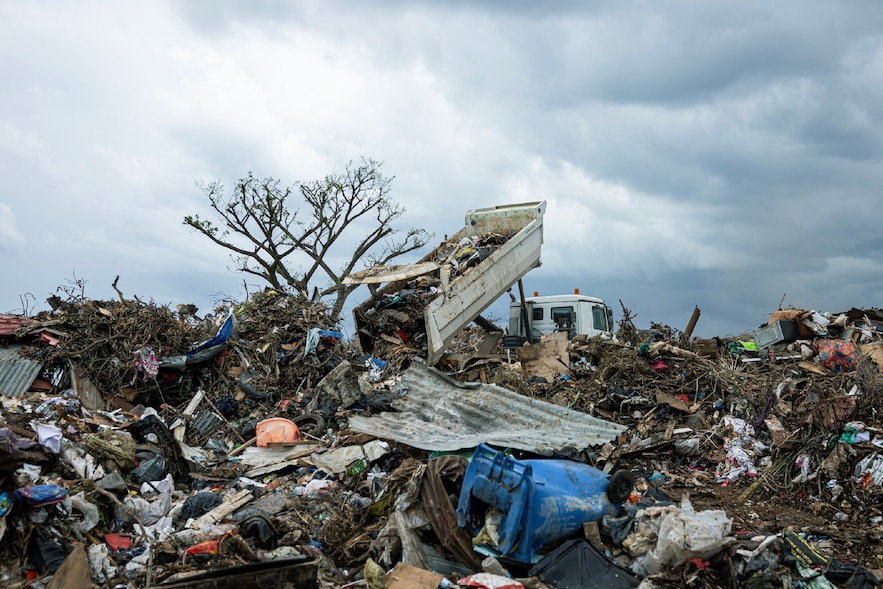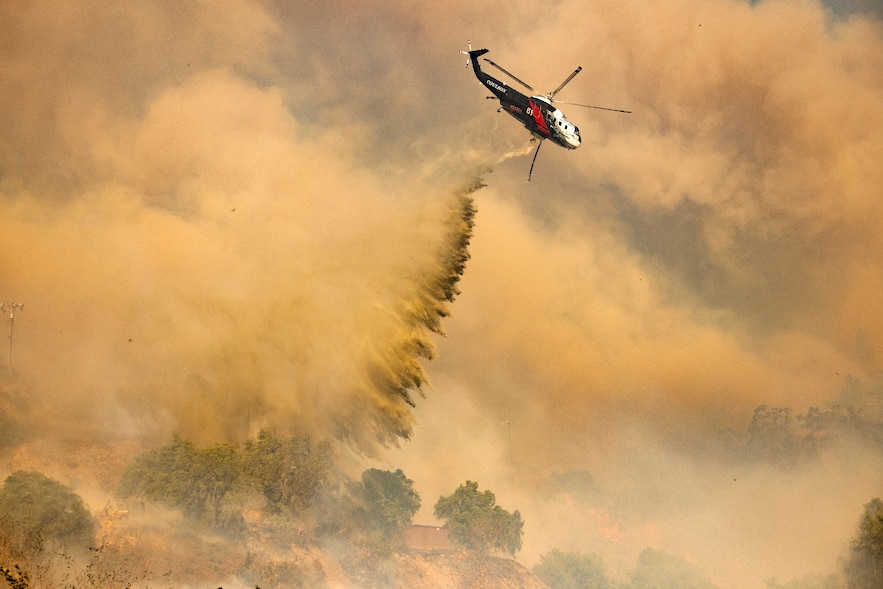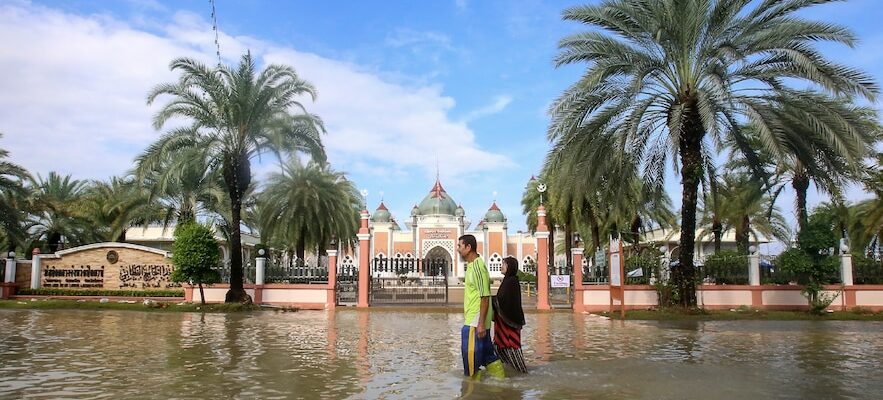From the small fragile archipelago of Mayotte to powerful Saudi Arabia, from prosperous European megacities to overcrowded slums in Africa, no region has been spared in 2024 by natural disasters, almost all of which are aggravated by global warming. 2024, the hottest year on record, saw record temperatures, both in the air and on the sea surface, and this heat provided fuel to strengthen cyclones, heat waves and d other extreme weather phenomena around the world.
According to the World Weather Attribution (WWA) network of scientists, a reference in the analysis of the influence of global warming on natural disasters, almost all the major disasters studied over the last 12 months have been exacerbated by the consequences of gas emissions. greenhouse effect of humanity. “The impacts of warming caused by fossil fuels have never been clearer or more devastating than in 2024. We live in a dangerous new era,” said climate scientist Friederike Otto, head of WWA.
Heat wave
The deadly danger of heatwaves had a resounding echo in June, when more than 1,300 Muslim pilgrims died during the hajj, the pilgrimage to Mecca, in Saudi Arabia. Temperatures had reached 51.8°C. No continent was spared from the extreme heat, whose nickname “silent killer” was illustrated by the victims recorded in Thailand, India and the United States.
In Mexico, a heatwave was so intense that howler monkeys fell dead from trees, while in Pakistan, millions of children were kept at home as the thermometer crossed 50°C. In Greece, an early heatwave, over 40°C in June, led to the closure of the Acropolis and fueled violent fires, marking the start of the hottest summer ever observed in Europe.
Floods
Residents in a flooded street in front of the Pattani mosque after days of heavy rain in southern Thailand, December 2, 2024
© / afp.com/Tuwaedaniya MERINGING
Global warming is not just synonymous with heat waves: warmer oceans lead to increased water evaporation and a warmer atmosphere retains more humidity (up to 7% more per 1°C), enough to cause torrential rains. In April, the United Arab Emirates received two years’ worth of rain in a single day, which flooded large areas of the desert state and paralyzed Dubai airport.
Kenya had barely emerged from an episode of extreme drought when the East African country suffered the worst floods in several decades. In West and Central Africa, four million people required humanitarian aid after historic floods that killed more than 1,500 people, while Europe – particularly Spain – also suffered devastating floods. .
Afghanistan, Russia, Brazil, China, Nepal, Uganda, India, Somalia, Pakistan, Burundi and the United States have also not been spared from flooding these 12 recent months.
Cyclones

A truck unloads garbage at a landfill in the town of Tsountsou, on the French archipelago of Mayotte in the Indian Ocean, December 26, 2024
© / afp.com/PATRICK MEINHARDT
The warmer ocean surface provided energy to tropical cyclones, accelerating the force of destructive winds as they made landfall. Major hurricanes, such as Milton, Beryl and Helene, ravaged the United States and the Caribbean, during a 2024 season marked by above-average hurricane activity. In November alone, the Philippines endured six major storms, just two months after Typhoon Yagi devastated Southeast Asia.
Cyclone Chido, which devastated Mayotte in December, would have been less powerful without climate change, a preliminary study concluded.
Droughts and fires

A firefighting helicopter performs a water drop over the Mountain Fire in Camarillo, California, November 6, 2024
© / afp.com/ETIENNE LAURENT
As a result of climate change, some regions of the world are becoming wetter and others drier. Drought has severely hit several regions of the Americas, causing massive forest fires in the western United States, Canada and even in certain areas of the Amazon, one of the wettest in the world.
As a result of successive months of drought in southern African countries, some 26 million people were at risk of hunger in December, according to the World Food Program.
Cost
Extreme weather events have claimed thousands of lives in 2024 and left countless populations even more impoverished. Economically, natural disasters have caused $310 billion in losses worldwide, according to an estimate from insurer group Swiss Re.
As of November 1, the United States had recorded 24 weather disasters since the start of the year, the damage of which exceeded a billion dollars, according to the authorities. In Brazil, the drought cost the agricultural sector 2.7 billion between June and August. And on the viticulture side, world wine production, undermined by bad weather, has reached a minimum not seen since 1961, according to an international professional organization.
